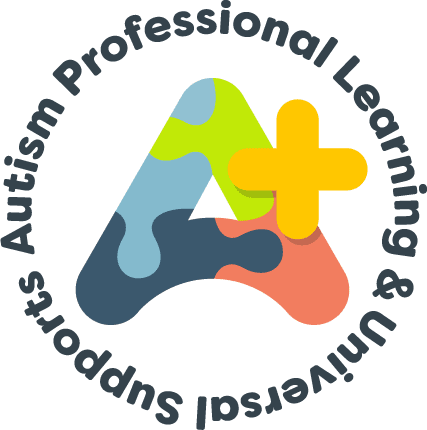
DESCRIPTION
ABC Data is a recording of what is happening before, during and after the the target behavior. It is also referred to as the three-term contingency. ABC stands for antecedent, behavior, and consequence.
-
Antecedent= what occurs before the behavior?
-
Behavior= what does the behavior look like, sound like?
-
Consequence= what happens right after the behavior is emitted?
WHEN TO USE
Use ABC Data Recording when you are wanting to have a better understanding of the “why” behind a student’s behavior or the function of the behavior. This type of data collection can be done for new problem behaviors or problem behaviors that are occurring more frequently. ABC Data can provide a better understanding of why the student might be engaging in those behaviors because it determines common antecedents and consequences to those behaviors, giving us more information on when problem behaviors are likely to occur and what responses to the behaviors might be maintaining them.
HOW TO USE
-
Predetermine a time slot in the student’s day to observe and record ABC Data. This could be a time in their day when the behavior has been observed consistently or more frequently.
-
When the target behavior is observed, put a check mark, x, or write in the location to indicate WHERE the behavior happened and record the time the behavior occurred.
-
Check off what occurred right before the behavior occurred in the antecedent column (e.g., demand given, peer or adult in close proximity, transition, etc.)
-
Check off or write in the behavior the occured. You may want to note how long the behavior occurred for and any other details to be more specific (what it looked it or sounded like)
-
Check off what happened right after the student engaged in the target behavior (how did the other person respond or what did the student gain?)
-
Repeat steps 2-5 for each instance of target behavior observed until the end of your predetermined slot.
When taking ABC data, you may begin to notice patterns. Look for common antecedents (e.g., demand given, preferred activity ended, transition between activities or locations, attention was given to another peer, etc.) and common consequences (e.g., the adult or peer moved closer or moved away, the student was given a preferred activity, the demand or activity was taken away or terminated, etc.). By assessing the common antecedents and consequences, you can hypothesize the function of the behavior or why the student is engaging in those target behaviors.





